
Guanacaste is a paradise. Its landscapes, its culture, the biodiversity here, and even the huge number of Costa Rican and international tourists who visit on vacation confirm this.
If you want to contribute to conserving its wonders and travel responsibly in the communities, we have five recommendations for you.
1. Help reduce the deaths of wildlife
Roads have broken up the habitats of animals, but that doesn’t stop them from crossing them. So respect the speed limits. This will allow you to protect the safety of you and the people traveling with you, plus you’ll have more reaction time if an animal crosses the road.
Don’t throw garbage on the side of the road. You’ve no doubt thought that there’s no problem with throwing out organic waste like peels and seeds, but this can attract wildlife toward streets and increase the risk of accidents.
If you see an animal on the road, slow down, flash your lights, honk the horn and wait for it to cross.
Another key recommendation in the destinations you visit: don’t feed the animals or interact with them. Although they may seem cute and fun, doing so affects their conservation.
2. Be responsible with your pets on beaches
You can’t take your pets to every beach. The reason? Beaches that are part of protected wildlife areas may have wildlife, such as turtles, that could be put at risk by the presence of your pet or diseases could even be transmitted to them.
Service animals trained to assist people with disabilities are an exception, but only take them with a harness and leash.
Some beaches where you can’t take your pets are Ostional, Guiones and Pelada – which are part of the Ostional Refuge. You also shouldn’t take them with you to Playa Grande, Langosta, Ventanas and Carbón, which belong to the Las Baulas National Marine Park.
3. Take more precautions at the ocean
Pay attention to the signs that indicate dangerous currents on the beaches. Remember that they don’t all have lifeguards and, even if they do, you should be careful.
Some recommendations are: don’t get in the water if you don’t know how to swim, learn how the waves behave and which are the safest areas by talking with lifeguards, surfers or locals.
If you are dragged in by a current, don’t wear yourself out by swimming against the current. Instead, try to stay afloat. And if you know how to swim, try to escape along the edge of the current (usually parallel to the beach) or let yourself go with it until you feel like you aren’t moving anymore.
If you see someone drowning, don’t try to rescue them unless you have received first aid training. Ask for help from lifeguards, people with surfboards or call 911.
You can also find out about ocean conditions, such as tide and swell, in the free MIO Cimar 3.0 app, available in Apple and Android stores or at this link.
4. Look carefully into the depths of the ocean
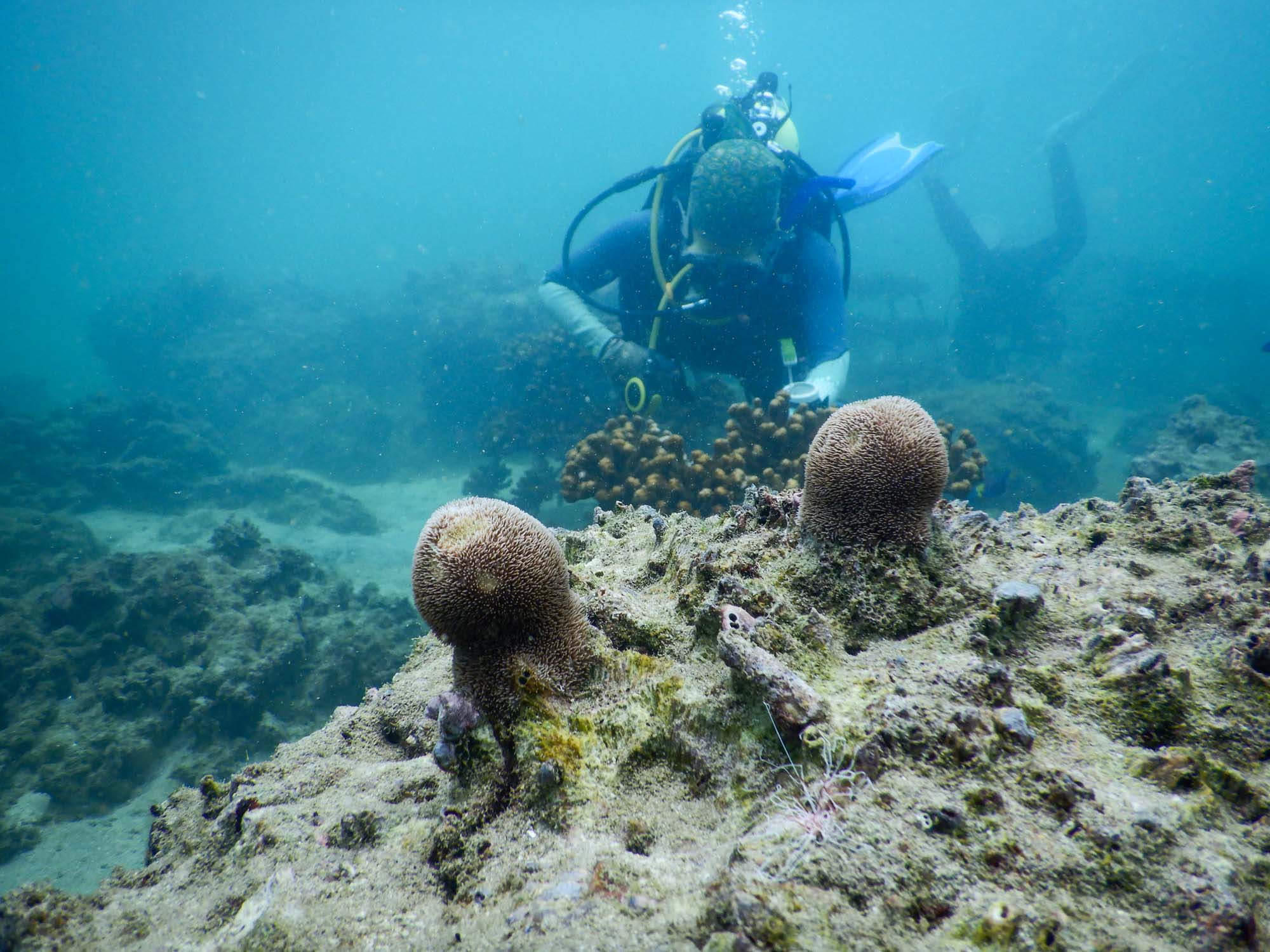
Jícaro beach corals restauration.Photo: Juan José Alvarado
The coral reefs of many sectors of Guanacaste’s coast have deteriorated or are in the process of recovery. You can help take care of them.
If you go snorkeling near the reefs, be careful not to hit them or step on them with your frog fins. If you don’t have much experience, it would be better to not use that accessory.
Use environmentally friendly sunscreens since chemical products can alter their reproduction, growth and even whiten them. Sunblock containers indicate if they are safe for corals.
If you rent jet skis, try not to ride them near reefs since they can alter the behavior of the species that inhabit them.
Lastly, double check with the tour operators that you book your activities with about their sustainability practices and how careful they are about where they drop anchors.
5. Spot cetaceans without harming them
Seeing whales, dolphins and other cetaceans is impressive. The way you do it can harm them or contribute to their conservation.
Boats shouldn’t get closer than 100 meters from these animals with the engine running. If they’re feeding or socializing, the distance should be at least 200 meters. Nor can you spend more than 30 minutes with a group of cetaceans, even if you respect the distance.
Do not feed, touch or swim with them. Even music or percussion sounds can affect their behavior and their habitat, so make sure that your tour operator respects these rules.
Bonus: If you witness any environmental harm, report it at 1102 or on the website www.sitada.go.cr.


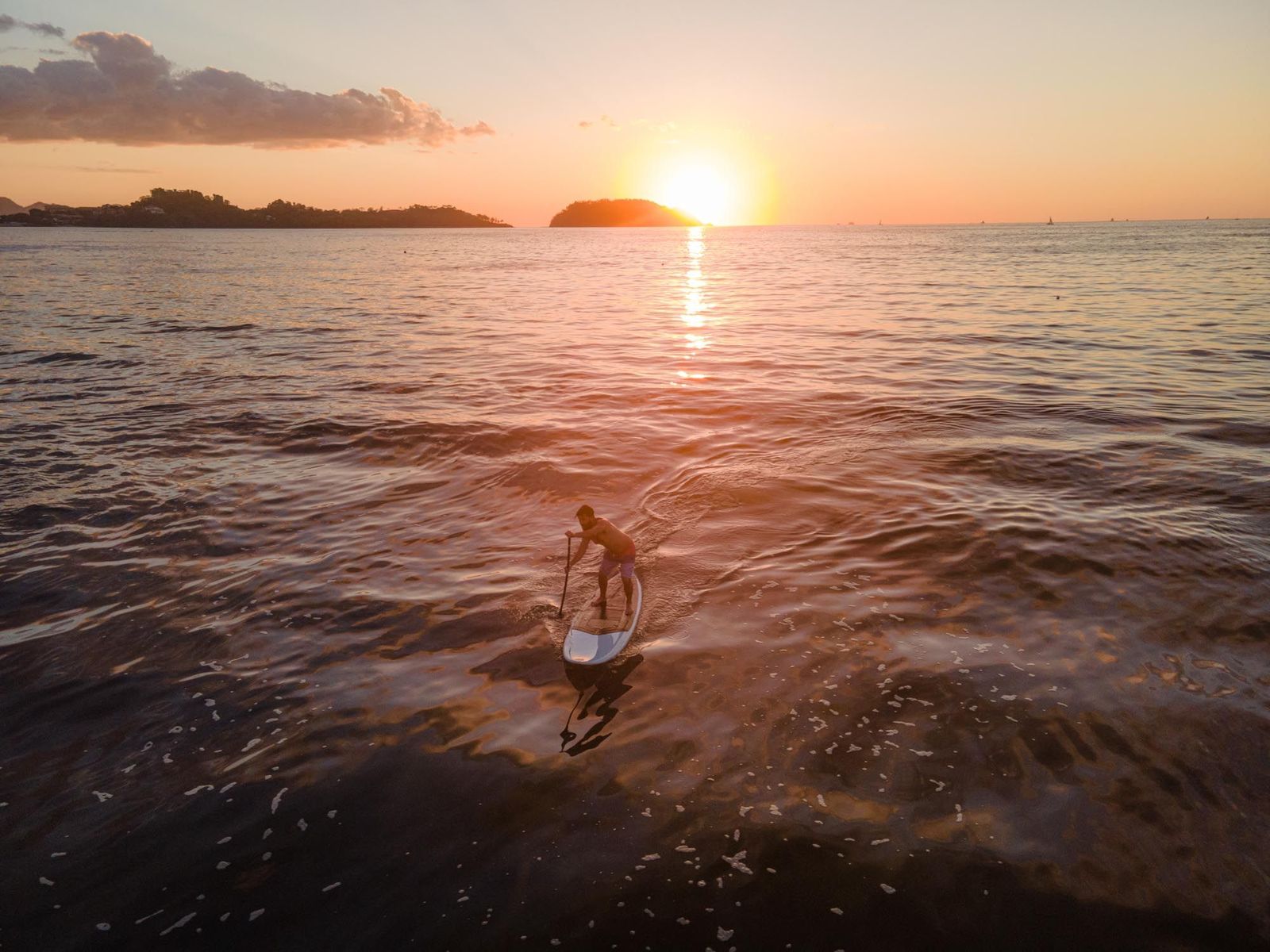
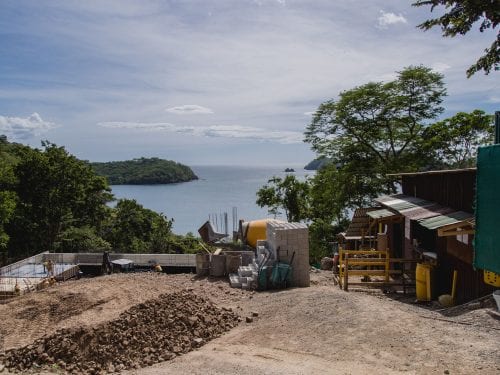
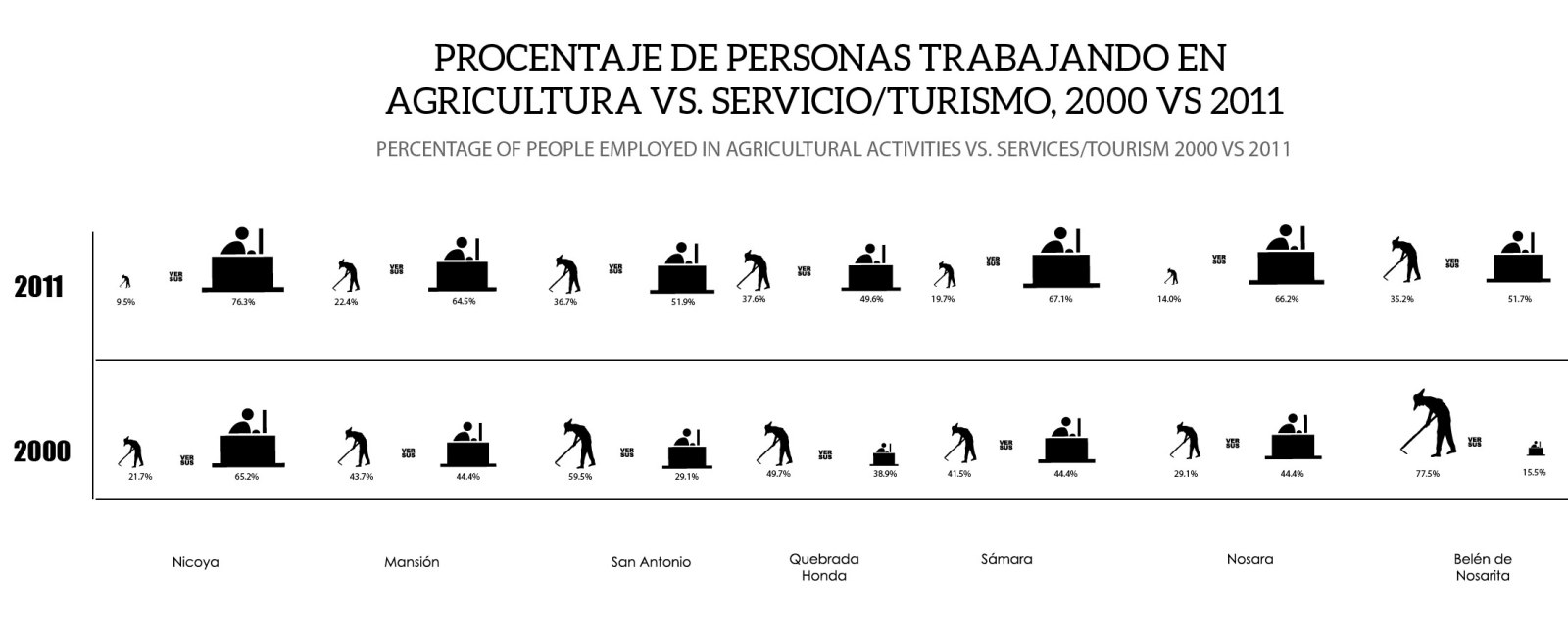
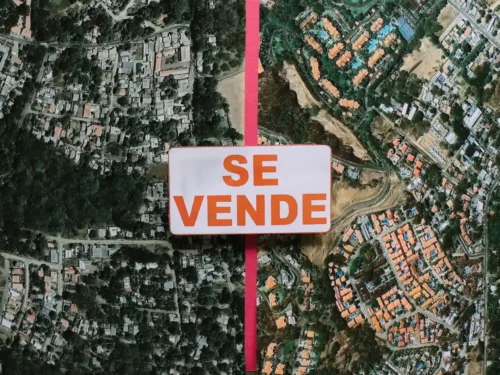

Comments